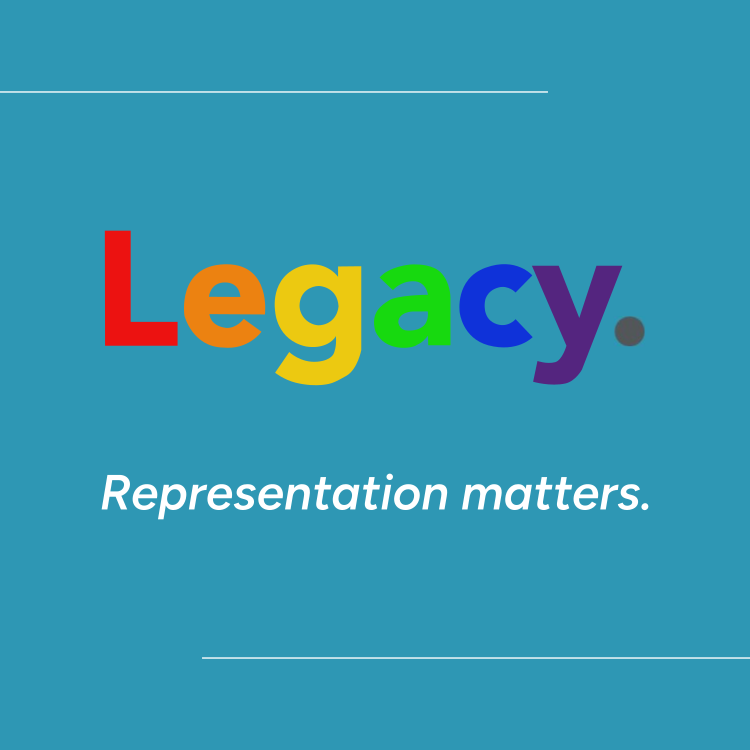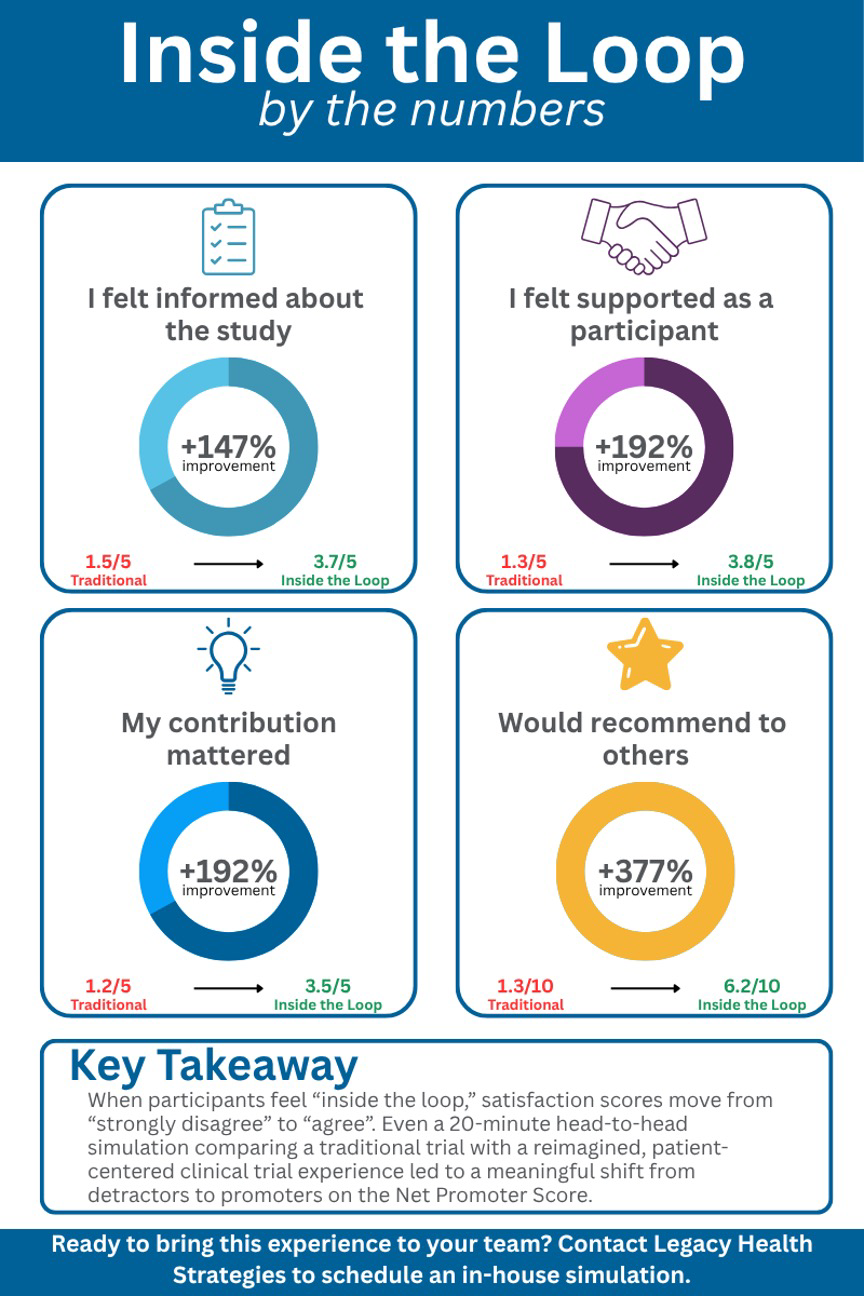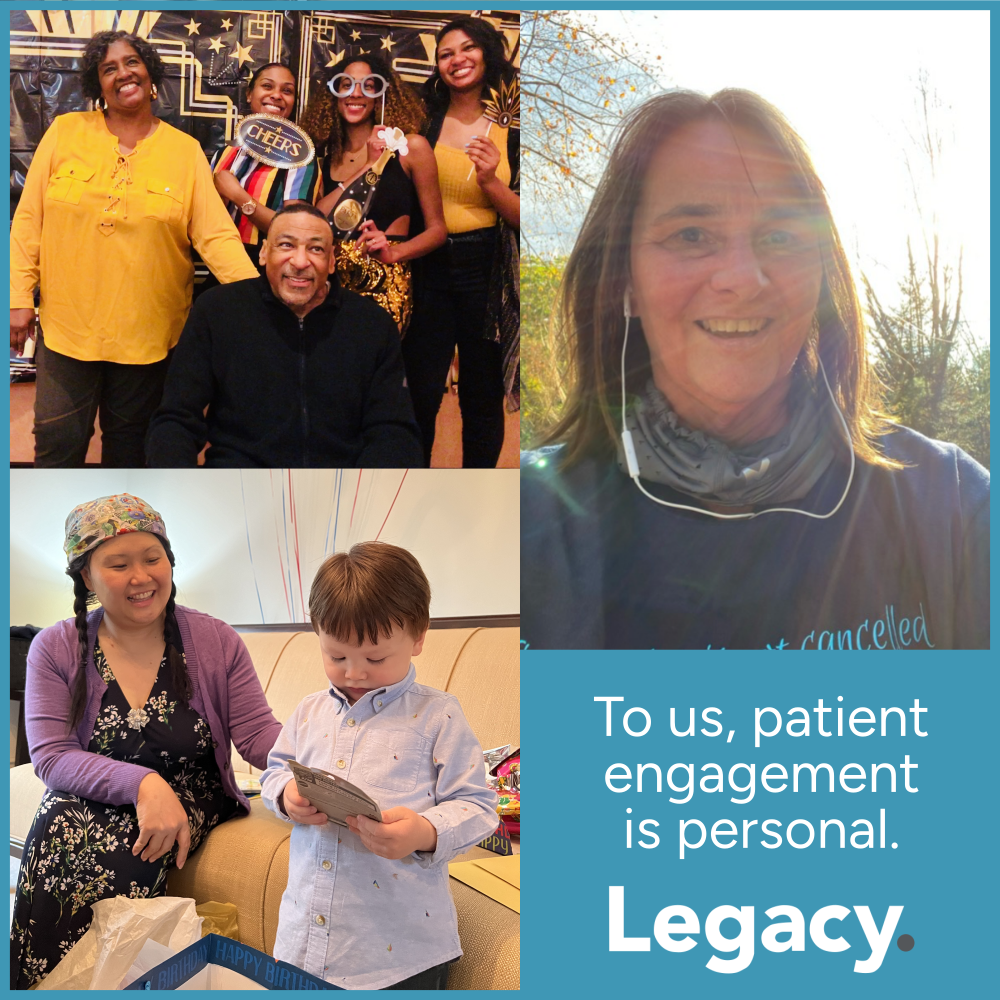Legacy Health Strategies Wishes You a Happy Pride Month!
Representation is an issue that is near and dear to our hearts. This Pride Month, we take a closer look at how increasing representation of the LGBTQIA+ community in clinical studies can improve lives for so many people.
The Community is Not Small
Health Concerns in the Gender-Diverse Community
A lack of research has meant a lot of unanswered questions for this community. For example, there’s a history of trans men (those who identify as men, but were assigned female at birth) being excluded from studies dealing with the female reproductive system and any health issues associated with it. In the past, many of those studies have allowed only cis women (those who were assigned female at birth and identify as such). It wasn’t until 2020 that the first study was performed on endometriosis in transmasculine people, finding that not all of them saw relief of symptoms from hormone replacement therapy (HRT).
Key Insights Include:
- We know trans men have a higher risk of ovarian cancer than cis women, but the role of HRT in this change is not well understood.
- There’s uncertainty around which routine screenings (Pap smears, breast exams, prostate exams, etc.) are beneficial, and which are more invasive than necessary.
- We have little information about potential negative interactions between hormone therapy and new medications, creating safety concerns for anyone undergoing HRT who could potentially benefit from new medicines or therapies.
- The risk of heart attack is higher for trans men who have medically transitioned than for cis women, instead matching the rate that cis men face. There’s evidence supporting that gender-affirming HRT treatment for trans women can lower their heart attack rates, though not quite to the rate of cis women.

Happy Pride Month!
Diversity Helps Everyone
Greater diversity in clinical trials benefits everyone, not only the groups seeing increased representation. It provides a better understanding of how humans and their bodies function in all their amazing variations. For instance, we know that cis women tend to see a decrease in bone density as they age. Transgender men don’t experience this after undergoing HRT, and transgender women can actually expect to see their bone density improve. We now know that hormone therapy can provide effective treatment for preventing bone loss in cis women after menopause.
Fostering Inclusion & Culture of Safety

The issue is greater than simply needing to accept study applicants in the demographic. Outreach will likely be needed for gender-diverse participants to feel fully welcomed. Unfortunately, like with many other marginalized and misunderstood communities, there's a cycle of mistrust that perpetuates the issues, stemming from a history of offensive studies and poor treatment from staff - even when not intentional. Patients need to feel safe, and marginalized groups (such as trans or otherwise gender-diverse patients) may need extra assurances to know that they're not partaking in something that will further harm their community.
Trust can be earned, and dignity can be preserved by ensuring that studies are conducted in an environment and culture that feels safe. Using correct pronouns, inclusive language and imagery in informative materials, and current proper terminology when referring to gender-affirming care patients have undergone can seem small, but go a long way in making a person feel either included or excluded.
Fortunately, there is guidance available. The NIH established the Sexual & Gender Minority Research Office (SGMRO). This office works directly with the NIH Institutes, Centers, and Offices. They’ve done the work and developed a Strategic Plan to Advance Research on the Health and Well-being of Sexual & Gender Minorities at the national level. They also offer a wealth of resources for further education, understanding, and exploration on their website.



